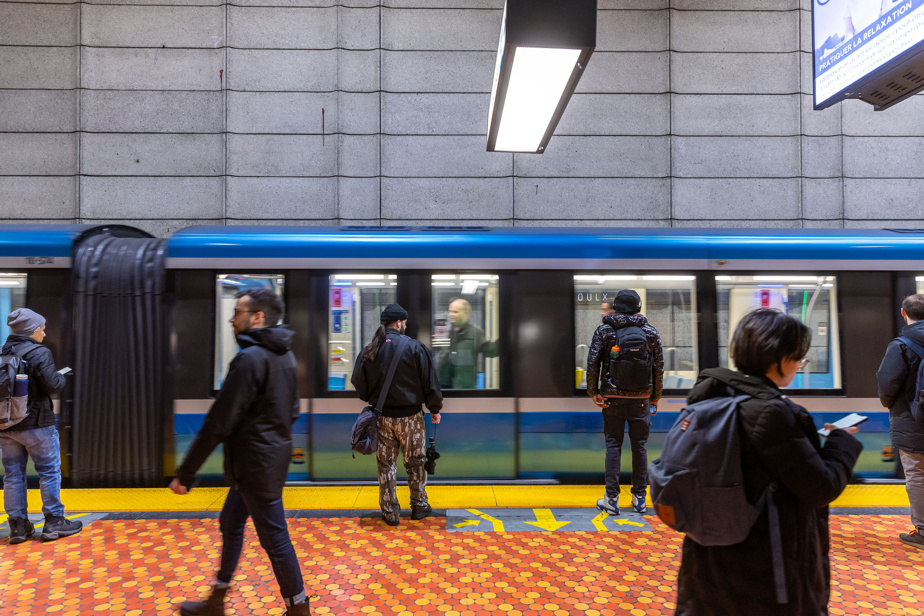On the same path
According to figures obtained under a request for access to information, over the past 10 years, 2017 was marked by the greatest number of interruptions, with 1,170 incidents. Closely follows the year 2023 when some 1,100 shutdowns affected the network. The number of interruptions had seen a significant decline in recent years, marked in particular by the COVID-19 pandemic, the advent of teleworking and containment measures. In 2020 and 2021, for example, there were around 800 each year. For the first months of 2024, the Société de transport de Montréal (STM) lists 401 interruptions, not far from the 417 recorded on the same date the previous year.

Suitability for attendance
These figures partly reflect the evolution of ridership in the metro since, according to the STM, “60% of interruptions are linked directly or indirectly to customers and have [donc] followed the growth in ridership. It is in the Montreal metro that there are the greatest number of service interruptions caused by customers in the entire world, according to international data. The STM also argues that the pandemic has “exacerbated certain social phenomena” – including homelessness, drug addiction and mental health issues – which can have an impact on service interruptions.

Constant duration

PHOTO SARAH MONGEAU-BIRKETT, LA PRESSE ARCHIVES
Metro users during a service interruption at Lionel-Groulx station, in May 2022
Between 11 and 14 minutes: this is the average duration, year after year, of service interruptions noted in the network. However, incidents sometimes occur that paralyze the network – in whole or in part – for longer. For the past decade, the longest interruption occurred on January 14, 2017, when a train damaged signaling equipment at Du Collège station, leading to a shutdown of more than 11 hours on part of the Orange line. Since the start of 2024, the peak was observed on March 28, when the orange line, the backbone of the network, was partly paralyzed for more than two hours.
Read “Subway Breakdown and Jesus Make Getting Home Difficult”
Reports of infringement
While the number of service interruptions is gradually returning to its pre-pandemic level, the situation is completely different for the offense reports given to users. From almost 15,000 in 2016, their numbers dropped to less than 10,000 last year. The STM explains this drop in part by lower attendance than before the pandemic, but above all by the nature of the interventions made by its special constables. They are increasingly called upon to intervene with vulnerable people, sometimes for long periods. “The more constables are busy intervening in this type of case, the less time they have to devote to enforcing the regulations,” summarizes the Montreal carrier.

Revenue Integrity

PHOTO DOMINICK GRAVEL, LA PRESSE ARCHIVES
A significant portion of the tickets are issued to users attempting to use STM services without a valid ticket.
A considerable portion of the infraction notices were served on users who attempted to use STM services without having a permit to do so. These offenses account for around 60% of the approximately 116,000 reports given over the last 10 years. In comparison, for example, just under 5,000 tickets were issued to people who had consumed or were in possession of alcoholic beverages. Since 2014, the STM has issued nearly $16 million in tickets. For the start of 2024 alone, as of mid-May, the organization would have claimed more than $450,000 from offenders.
With the collaboration of William D’Avignon, The Press
